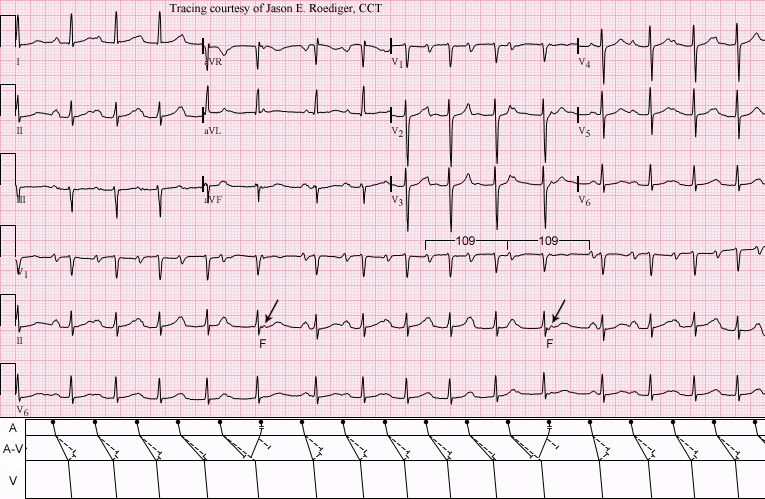All our content is FREE & COPYRIGHT FREE for non-commercial use
Please be courteous and leave any watermark or author attribution on content you reproduce.
Recent blog posts
- NON-CONDUCTED PAC
- ATRIAL TACHYCARDIA WITH PARTLY ABERRANT CONDUCTION
- VENTRICULAR TACHYCARDIA, ATRIAL FIBRILLATION AND ABERRANT CONDUCTION
- WHY IS THIS A PVC?
- INTERESTING HOLTER-STRIP
- ATRIAL FIBRILLATION
- NONSUSTAINED VT
- PVCS and MORE
- For Fans of Dr Jerry W Jones
- Sick Sinus Syndrome
- AV Nodal Reentry Tachycardia on a Holter Monitor Strip
- PVCs With VA Conduction
- PVCs And Their Relationship to P waves, Some Examples
- Complete Right Bundle Branch Block With AV Block and More
- An Interesting Holter Strip











